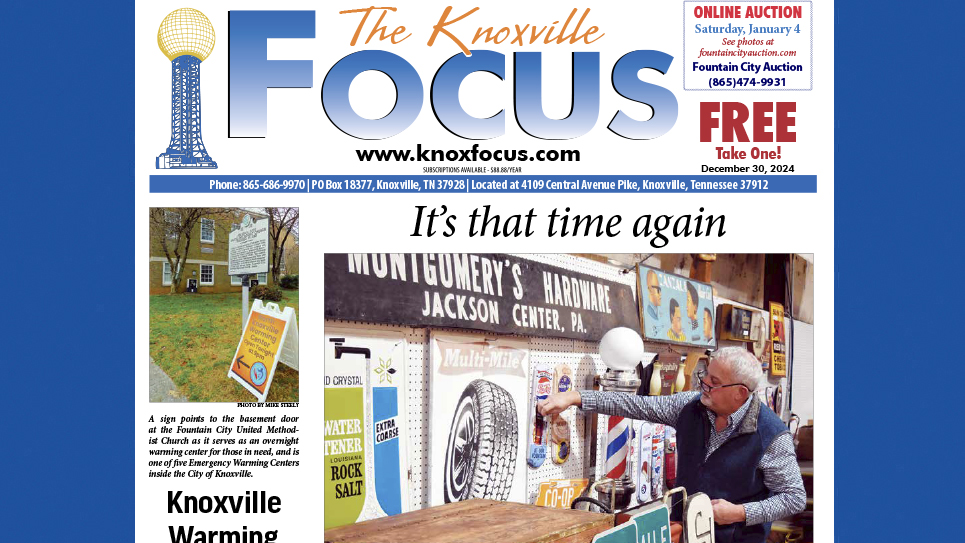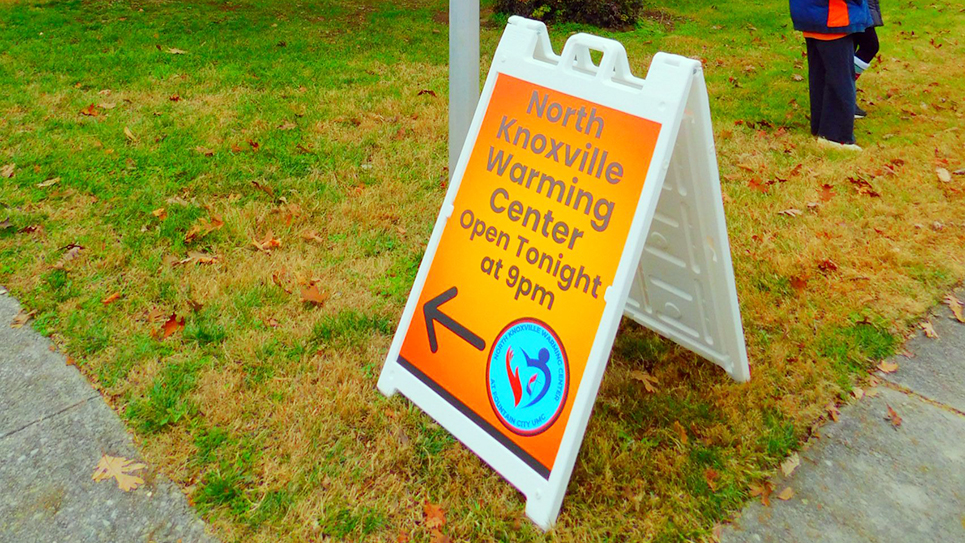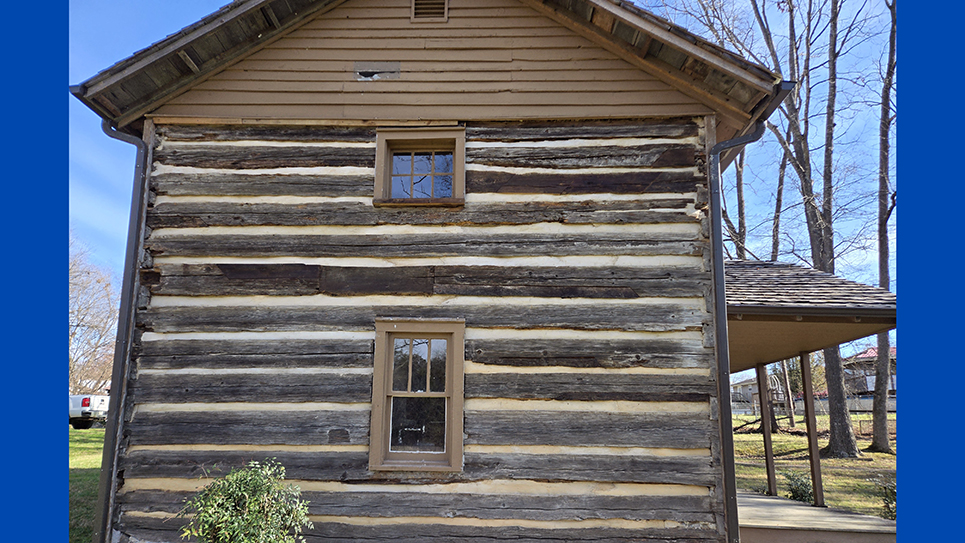By Joe Rector
If you are one of the many folks who travel Karns Valley Road and Emory Road, get ready for more headaches. Your drive time will grow; your frustration level will increase; and your chances of being involved in an accident will multiply.
A tract of land located at the intersection of Henderson Road and West Emory Road is proposed for subdivision development. Another tract is also being considered for housing. It’s located on Karns Valley between West Emory and Beaver Ridge Road. That’s right. The second one is unbelievably close to the stop sign at Beaver Ridge Road. At present, cars line up at that bottle neck as they wait to continue the journey toward Powell or to Oak Ridge Highway.
During the morning and afternoon, Beaver Ridge Road backs up with parents dropping off or picking up their children at school. Now, cars traveling from Oak Ridge or from Hardin Valley will clog the road as they futilely try to get to work or return home with the addition of hundreds of cars at that intersection.
Ball Road in the Ball Camp community has no fewer than seven subdivision roads that have been added over the past few years. Heavy traffic piles up on this two-lane country road, and the back-up at the intersection of Ball Road and Ball Camp Pike can reach a half mile in the morning. Trains that cross the roads twice leave motorists apoplectic, and their angst is doubled when they drive another mile and hit the snarl of cars at Ball Camp School.
The same thing is happening in all parts of Knoxville. Developers seem to be building on any piece of ground that they can purchase. They slap up houses at 4-5 per acre. A small subdivision of fifty houses could possibly put 100 or more cars on the main roads.
What planning is going on with all of this development? I know that the county has the MPC to decide whether or not a project can proceed. Supposedly, that group of folks looks at the plans and makes a decision that is in the best interest of the citizens. However, some proposals are okayed in spite of the objections of the existing communities. If the MPC denies the application, the developer can appeal to the full county commission.
Of most concern to current residents of communities are infrastructure problems. Huge numbers of cars are added from new subdivisions, but they drive on the same old roads. In one case, community members objected to a subdivision because of a dangerous existing road. Residents presented photos of a fire truck that had run off the road in a curve that wasn’t wide enough for it and a passing car. The proposed subdivisions were located no more than one-tenth of a mile from that curve. An official answered the complaint by saying that the county had many narrow roads and that people would just have to learn to live with them.
Other communities are up in arms about the environmental impact new subdivisions have. Roads, yards, and homes that never worried about heavy rains are now flooded due to the runoff from those new streets. Wildlife invade neighborhoods in search of food because their habitats have been scraped clean. Roads are lined with skunks, raccoons, possums, and even deer carcasses that have been hit by vehicles.
People aren’t necessarily against development. What they detest is uncontrolled building that makes communities worse. Residents want local government to address the problems of roads that can’t handle the traffic before allowing more cars to travel them. They also want developers and government officials to protect against flooding and erosion.
The explosion of subdivisions is surprising when the current health and economic problems are considered. No one wants to deny “progress,” but everyone wants any progress to begin only after the infrastructure can accommodate it. That doesn’t seem like too much to ask. Let’s hope our boards and officials feel the same way.






